From Albert Vogler to Graeme Smith and Makhaya Ntini: South Africans have carved their place in Lord's Test history
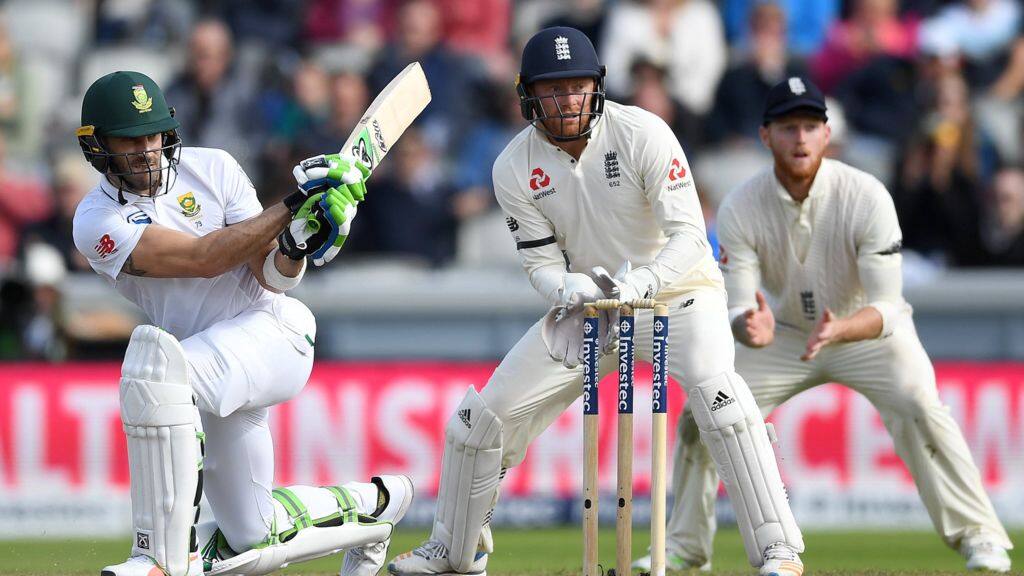
In times when so much cricket is rapid, disposable and served up in bite-sized 20 over or 100 ball formats, as England and South Africa take the field at Lords on Wednesday, pause to consider the rich history that both nations have against one another at the Home of Cricket.
The history
For twelve years between 1877 and 1888, England and Australia played out the first and longest bi-lateral series in the history of the game. Two were company and there wasn’t a third to make it even an occasional crowd. But in 1889, Major R.G Warton, a retired British army officer who had served on the general staff in Capetown, recruited a team, under the captaincy of C. Aubrey Smith and R.G Warton’s XI played two matches in South Africa that were subsequently bestowed Test status and thus the duopoly of Test Cricket was forever consigned to history.
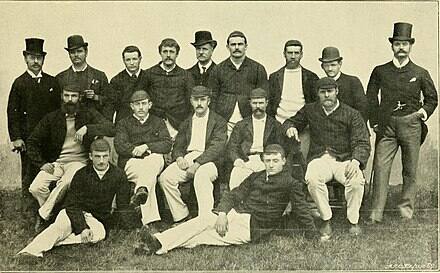 Australian cricket team in England in 1888
Australian cricket team in England in 1888
For the record, although that England touring team was considered to be, at best, the standard of a weak county, with the likes of Bobby Abel, Johnny Briggs, Maurice Read, George Ullyett and Harry Wood, they comfortably out gunned South Africa at St.George’s Park and Newlands, Johnny Briggs writing himself into the record books with his 7/17 and 8/11 in the second match.
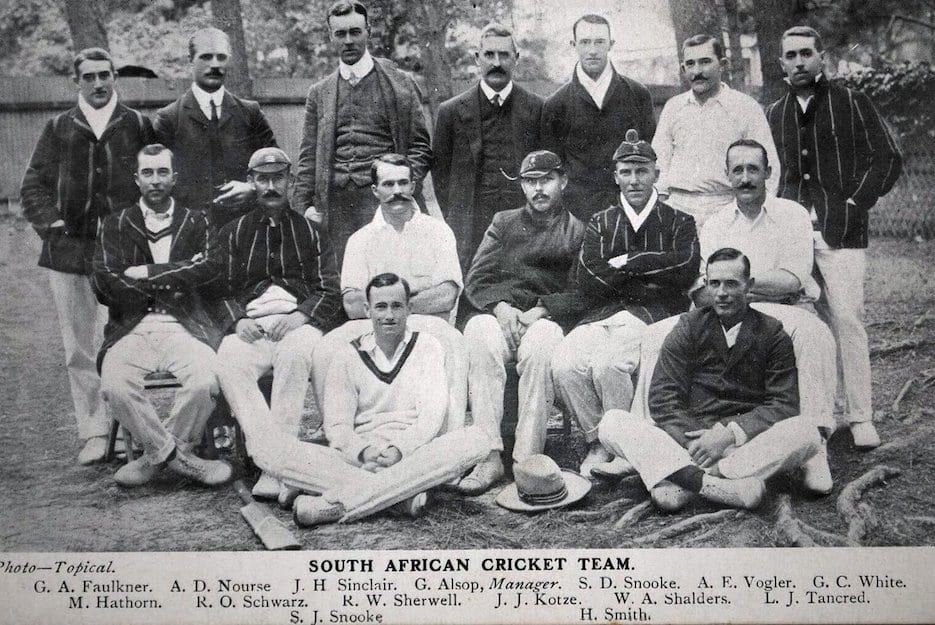 South African cricket team circa 1907
South African cricket team circa 1907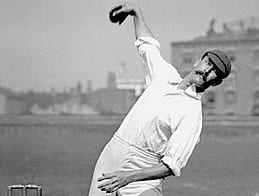 Googly master Reggie Schwarz
Googly master Reggie Schwarz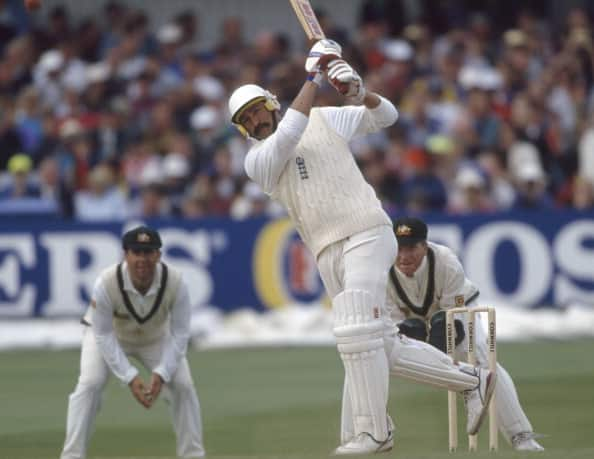 Graham Gooch
Graham Gooch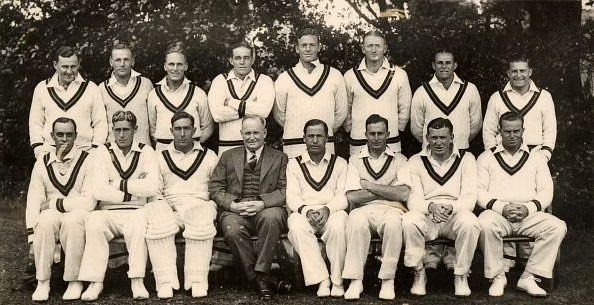 South African cricket team 1935
South African cricket team 1935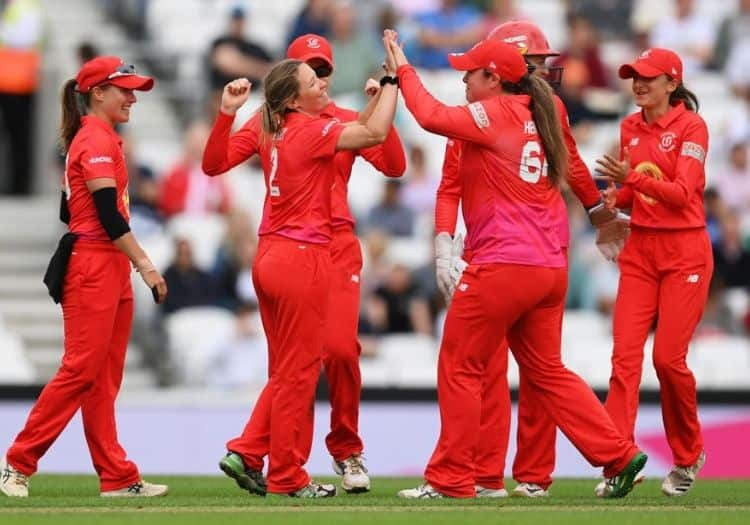
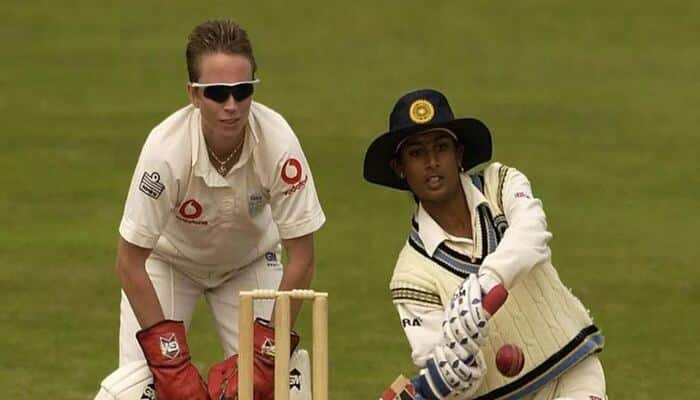
.jpg)
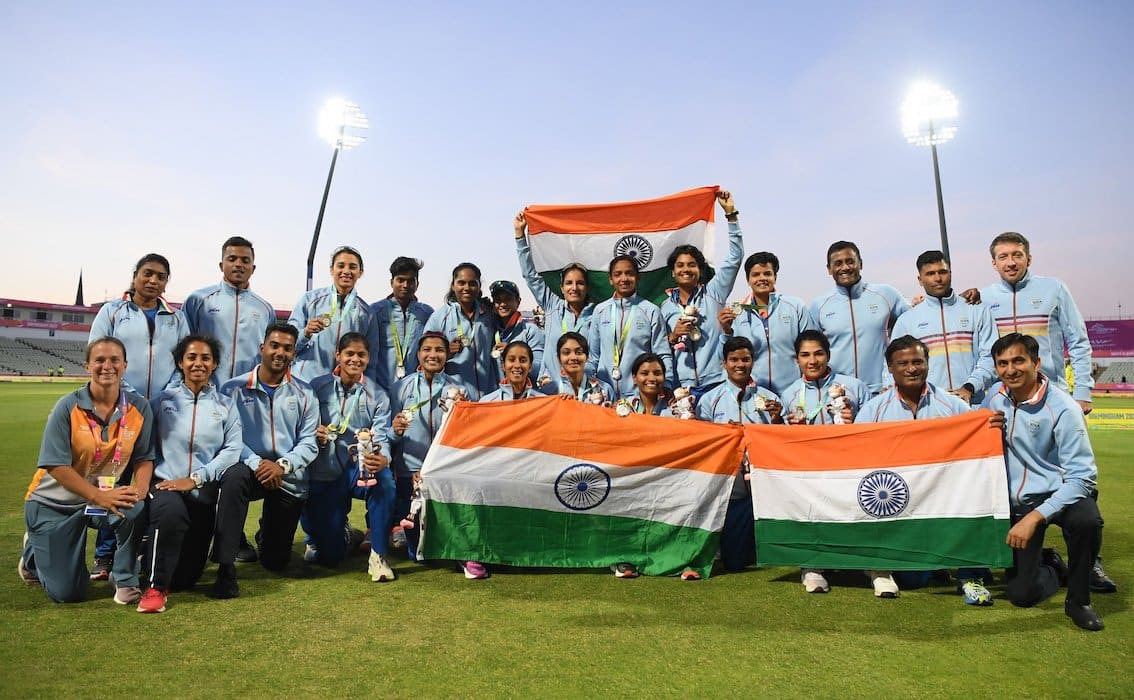
)
